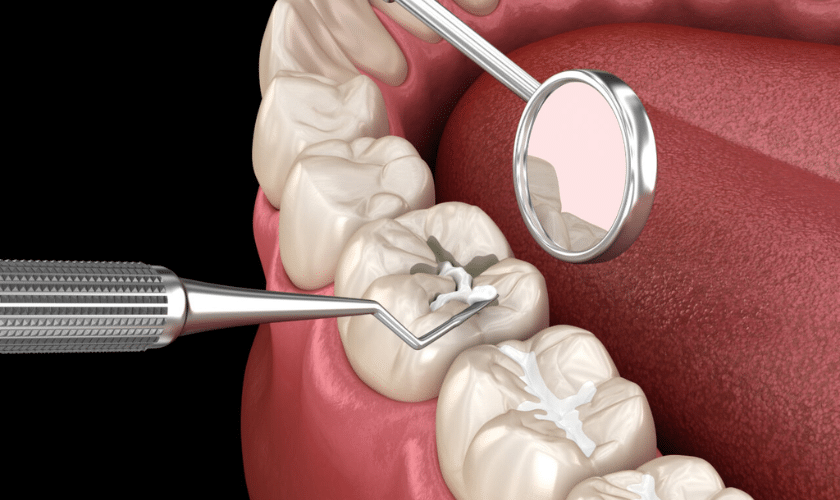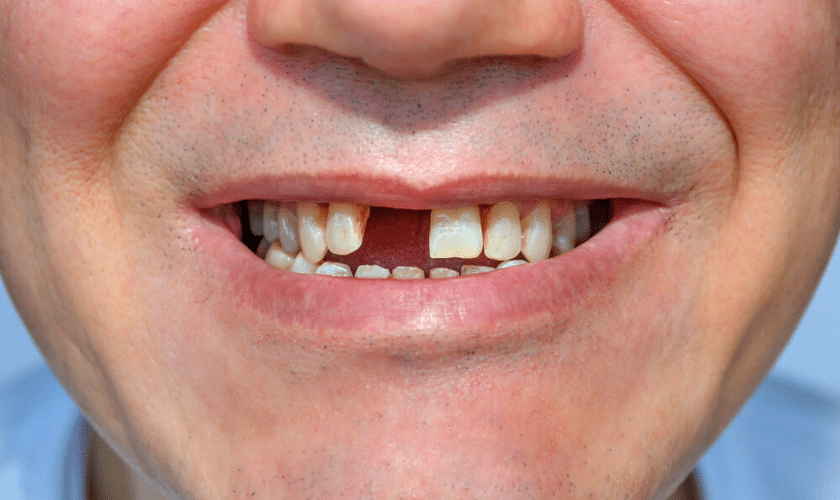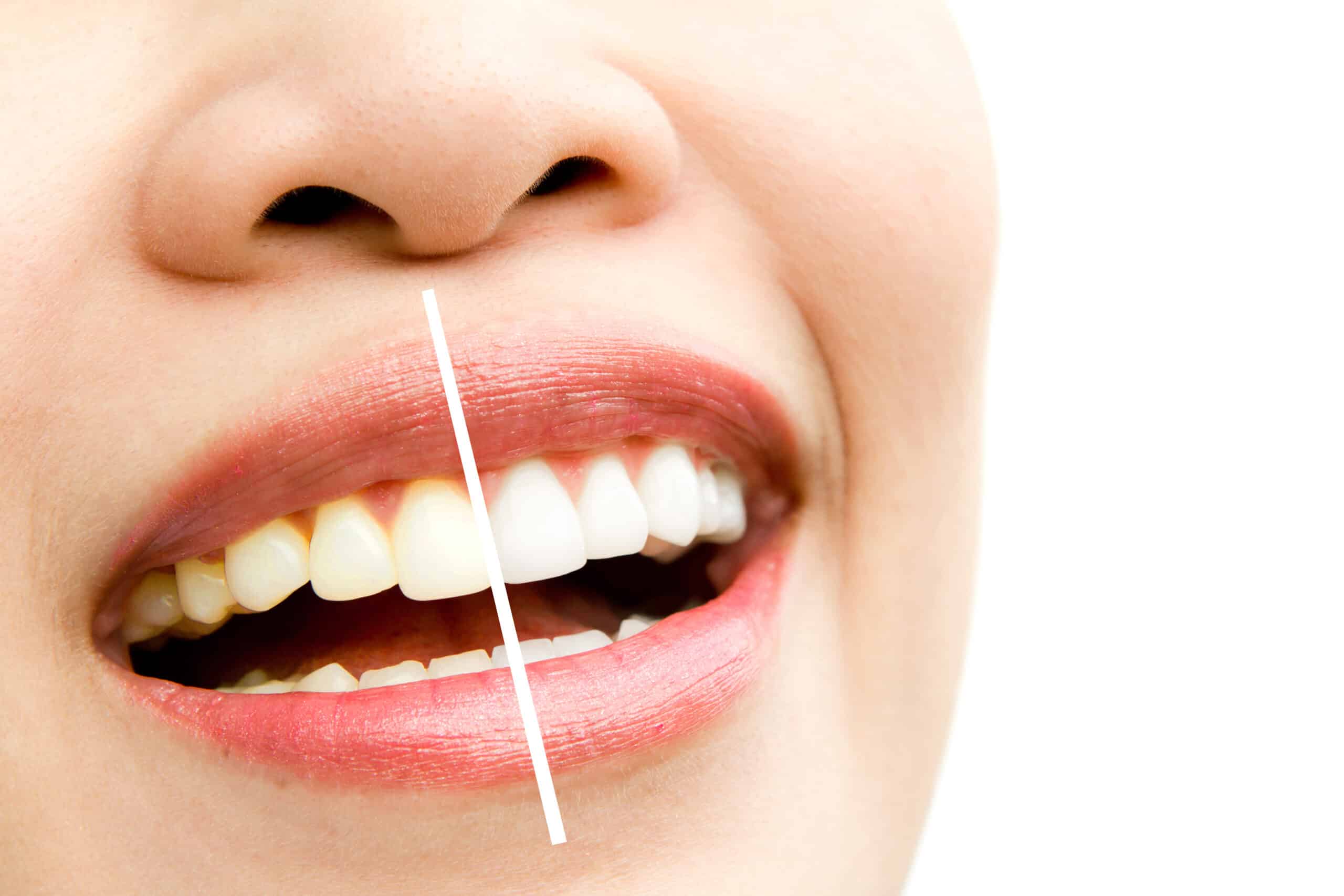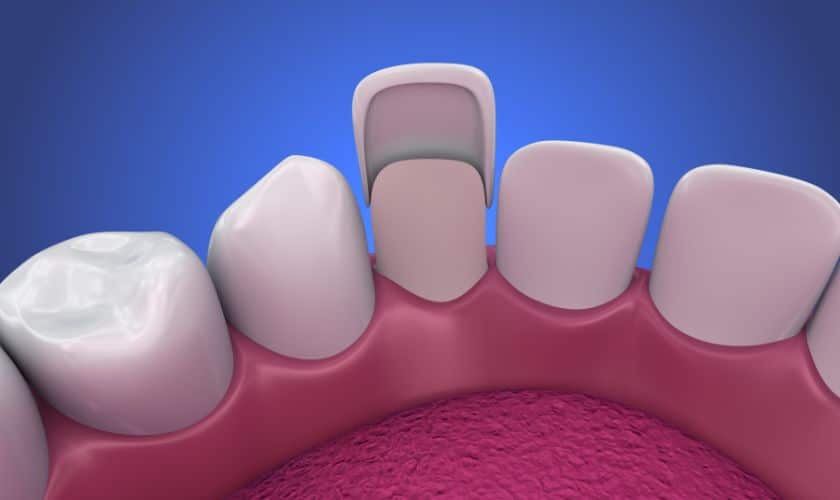
Imagine running your tongue over your newly sealed teeth, anticipating that smooth, protected feeling, only to encounter something unfamiliar. Dental sealants, while a boon for oral health, can sometimes leave you wondering: How long does it take for them to feel normal? Join us on a journey through the process of dental sealants and discover when that reassuring sense of familiarity sets in.
Understanding Dental Sealants:
Dental sealants are delicate layers of protection gently applied onto the chewing surfaces of molars and premolars, aiming to ward off cavities. Made of plastic resin, they create a barrier that shields the enamel from bacteria and acids that lead to decay. This preventive measure is particularly beneficial for children and teens, whose newly erupted permanent teeth are most susceptible to cavities.
The Application Process:
Before delving into the timeline, let’s understand how dental sealants are applied. The process is quick and painless, often completed in a single visit to the dentist. Here’s a brief overview:
- Cleaning: The teeth receiving the sealants are thoroughly cleaned and dried to ensure optimal adhesion.
Etching: A special gel is applied to the chewing surfaces to roughen them slightly, enhancing the bond between the sealant and the tooth. - Sealant Application: The sealant material is painted onto the grooves and pits of the teeth, where it flows into the crevices and hardens under a curing light.
- Final Check: Once the sealant has hardened, the dentist ensures that it has properly adhered to the tooth surface and makes any necessary adjustments.
The Adjustment Period:
After the application of dental sealants, it’s natural for the mouth to undergo an adjustment period. Here’s what to expect:
- Sensory Awareness: Initially, you may be acutely aware of the presence of the sealants, feeling them with your tongue as you eat, speak, or even just rest your tongue against your teeth.
- Slight Discomfort: Some individuals may experience minor discomfort or sensitivity as they adapt to the new sensation. This discomfort is typically temporary and subsides within a few days.
- Normalization: Over time, usually within a week or two, the sensation of the sealants begins to fade into the background. You’ll gradually become accustomed to the smooth, protected feeling they provide.
Tips for a Smooth Transition:
While the adjustment period for dental sealants is generally brief, there are steps you can take to ease the transition:
- Practice Patience: Give your mouth time to adapt to the presence of the sealants. It’s normal for them to feel slightly foreign at first.
- Maintain Good Oral Hygiene: Continue to brush and floss regularly to ensure the longevity of your sealants and to keep your entire mouth healthy.
- Avoid Sticky Foods: In the days following sealant application, steer clear of sticky or hard foods that could potentially dislodge the sealants.
- Attend Follow-Up Appointments: Schedule any recommended follow-up appointments with your dentist to monitor the condition of your sealants and address any concerns.
In the realm of oral health, dental sealants stand as stalwart guardians against the threat of cavities. While their presence may initially be noticeable, the adjustment period is fleeting, giving way to the reassuring feeling of normalcy. By understanding the process of sealant application and knowing what to expect during the transition, you can embark on this journey with confidence, knowing that a brighter, healthier smile awaits on the other side.




